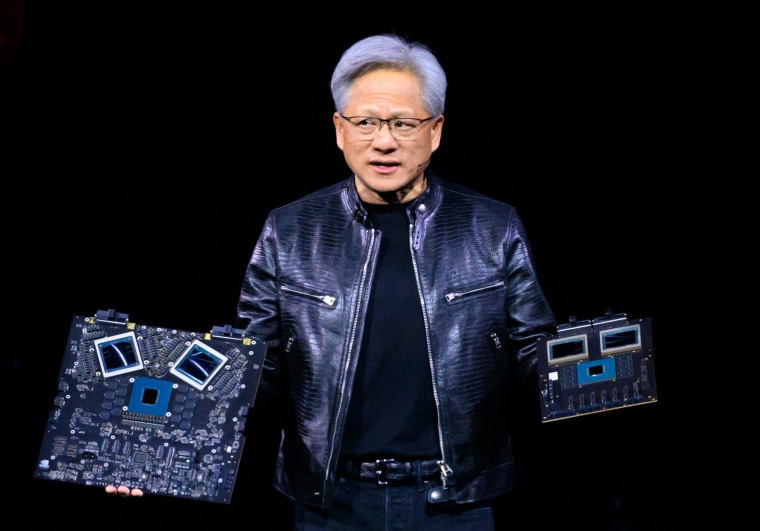In the ever-evolving landscape of technology, one industry that has always been at the forefront is the semiconductor industry. With major players such as Intel leading the charge for decades, the U.S. chip industry has been synonymous with innovation and dominance. However, in recent years, Intel has found itself facing increasing challenges and struggles to maintain its relevance in the fast-paced world of technology.
One of the major factors contributing to Intel’s dwindling dominance is the rise of competitors such as AMD and Nvidia. These companies have been able to capitalize on emerging technologies and market trends faster than Intel, leading to a shift in the dynamics of the chip industry. While Intel continues to focus on traditional chip manufacturing processes, its competitors have been quick to adopt newer technologies like chiplet architecture and advanced manufacturing techniques, giving them a competitive edge in the market.
Another significant challenge that Intel faces is the increasing demand for specialized chips in various industries. As the technology landscape becomes more diverse and complex, companies are looking for chips that are tailor-made for specific applications rather than relying on one-size-fits-all solutions. This has created a market opportunity for companies like AMD and Nvidia, who have been able to innovate and deliver specialized chips that cater to specific industry needs more effectively than Intel.
Furthermore, Intel’s struggles are compounded by its issues with manufacturing delays and setbacks. The company has faced numerous challenges in transitioning to smaller chip sizes and advanced manufacturing processes, leading to delays in product releases and a loss of credibility in the market. This has allowed competitors to gain a stronger foothold and erode Intel’s market share, further highlighting the company’s struggle to stay relevant in the industry.
To stay relevant and competitive in the ever-changing chip industry, Intel will need to reassess its strategies and accelerate its innovation efforts. The company must prioritize investment in research and development to keep pace with emerging technologies and market trends. Additionally, Intel should focus on building strong partnerships with industry leaders and stakeholders to leverage their expertise and resources for mutual growth.
In conclusion, Intel’s struggle to stay relevant in the U.S. chip industry is a testament to the dynamic nature of technology and the importance of innovation and adaptability in staying ahead of the competition. By addressing its challenges head-on and embracing change, Intel can regain its position as a pioneering force in the semiconductor industry and once again lead the way in shaping the future of technology.
